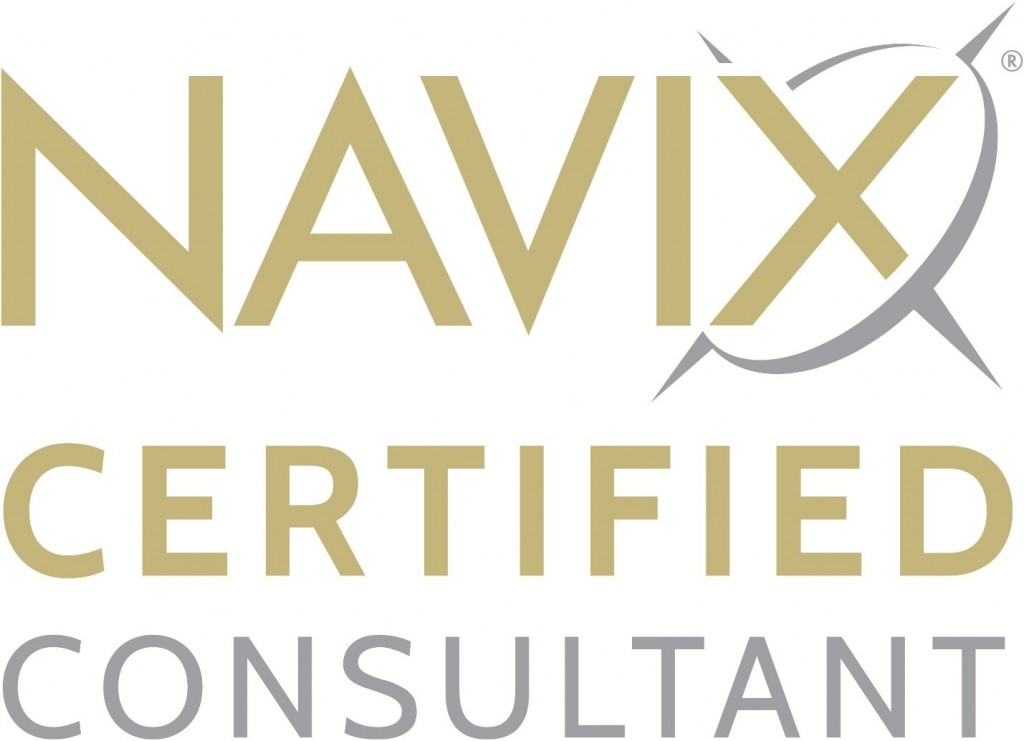
Imagine a potential buyer — let’s call them Buyer A — has just offered $20 million all-cash to acquire your company. Another potential buyer — let’s call them Buyer B — also offers $20 million, but their offer is paid out in equal installments over a period of 10 years.
If nothing else differed between the two offers, which would you choose? Most would take the $20 million paid up front from Buyer A, rather than wait to get paid by Buyer B and take the risk that some of those future payments might never occur.
That much is pretty clear. But what if Buyer B increased their offer to $25 million, still payable over 10 years? Would the $5 million increase in total price outweigh the need and risk to wait to be fully paid? If you would still choose Buyer A’s $20 million all-cash offer, then what if Buyer B upped the offer to $30 million? Then which would you choose?
Different Buyers Will Offer Different Prices and Terms
This hypothetical exercise may seem over simplistic, but it’s quite relevant in the real world. When selling your company at exit, different buyers will not only offer different prices, but they will also offer different terms.
There are a wide variety of potential differences in terms. In the example above, Buyer B offered a different payment schedule — time was the difference between the two offers.
But buyers can use a complex array of different terms. They can vary the currency they use in their offer: cash, stock, notes, etc.
Buyers can also vary the deal requirements, such as whether or not they require you to stay involved with the company for some period of time post-sale and/or if you must sign a non-compete agreement.
Put all these pieces together and the picture can get complicated very quickly. Comparing different prices from different buyers is easy; comparing different sets of terms can be arbitrary and difficult.
If you eventually sell your business at exit, don’t be surprised if you find yourself more concerned about the deal’s terms than about the total purchase price. In other words, the highest-priced offer to buy your company might not be the winning bid. Many owners who have the opportunity to choose from multiple offers select the buyer with the most attractive terms, rather than the buyer paying the highest total price.
Strengthen Your Company Before You’re Ready to Sell
This issue is important now, even if you are not planning on selling your company for a while. Buyers often use deal terms to address a perceived weakness in the target company. Knowing the reasons for these deal terms gives you the information you need to rectify any potential such perceived weaknesses and set yourself up for favorable terms when you do finally sell.
Here are a few common examples:
- A buyer might hold back cash and require an earnout in the offer price when the buyer is not convinced that the company future growth’s will be as robust as the seller forecasts. The buyer’s doubts might be created by inconsistent or subpar growth rates or by a business plan that is unclear or unconvincing.
- A buyer might insist as part of its terms that you must remain with the company for a designated period of time post-sale if that buyer has concerns about the company’s leadership team performing well without you. (Ask us how to overcome this.)
- A buyer might hold back cash in an escrow account if your company has a small number of large customers, any one of which could leave as a result of the company sale.
To minimize the risk that you will be forced to accept burdensome terms when you sell your company, it is important to work on strengthening the company’s value well before you are ready to sell.
It can take several years to address the issues within a company that lead to less than favorable deal terms at sale. Getting started now puts you in the driver’s seat, driving toward the best of both worlds — the highest price AND the most attractive terms.
Your last five years
One of the most common, and important, questions business owners ask is “When should I start my exit planning?”
Download ebook now
To learn more about the steps necessary for a successful exit, contact Tim for a complimentary consultation: 772-221-4499 or email.


This short case study tells the real story of a business owner who intentionally sold his business for millions of dollars less than what he could have received — and why he did it. The key insight that this case study offers is “legacy vetoes price.” (Note: The names and some of the details have been changed and noted with an asterisk* to honor this former client’s confidentiality.)
By: Patrick Ungashick
Larry* never wanted to lead the biggest electrical contracting firm when he first opened his doors, but he did want to be one of the best.
He wanted customers to get great service. He wanted employees to be treated well and to have good jobs. He wanted a company that he could be proud of and for which others would be proud to work.
And he succeeded. For 20 years, he ran a fine company that met or exceeded all of his hopes and plans.
All was good.
Until the doctors told him he had perhaps a year to live and would never see his 50th birthday.
The cancer was inoperable and untreatable.
Preparing for a Quick Sell
That’s when Larry contacted us for help expediting his exit plans. Larry wanted to spend his remaining time with family. He also wanted to get maximum value for his company to ensure that his family would be financially secure despite losing him at a young age and despite facing significant medical costs in the months ahead. Larry wanted to sell as quickly and for as high a price as possible.
Many potential buyers were contacted, and after months of work, Larry had two competitive offers from qualified buyers from which to choose. Offer #1 was for $18 million*. Offer #2 was for $14 million*. Both offers would allow him to make a quick transition, freeing up time to spend with his family and address his medical care. Both offers were all-cash deals.
Larry reviewed the offers with us, his other advisors, and with his family. He took a few days to think about his decision and, as a devout man of faith, undoubtedly prayed for guidance as well.
Then he accepted the lower offer of $14 million and sold his company.
Choosing to Turn Down an Extra $4 Million
Why would anybody in his situation walk away from an extra $4 million? Why would any business owner, regardless of health, age, or any other circumstances, voluntarily relinquish that much cash? Not to be callous, but was Larry’s battle with his health interfering with his decision-making?
Larry was perfectly sound and sane when he took the lesser offer. Larry’s medical situation may have been unusual and unplanned, but his decision to take the lesser offer is not unusual. For Larry, legacy vetoed price. Larry had an additional set of concerns and objectives that he wanted to achieve when he exited from his company, beyond selling for the highest price.
As the sale of his company drew near, Larry realized — like many owners do — that he strongly preferred to sell his company to a buyer that would treat his team and customers well. Larry cared deeply that his company’s reputation and values remain untarnished during and after his exit process. When it came time for Larry to choose between his two qualified offers, these other concerns were powerful enough that they could veto a higher sale price.
Of the two offers Larry had to choose from, he knew both buyers by name and by reputation. The buyer making the higher ($18 million) offer was a local company. He strongly suspected that this buyer would let go many of his people and close down his facilities. He felt his customers would not be treated by this buyer in a manner consistent with his values.
Larry also knew a bit about the company making the lesser ($14 million) offer, too. As an out-of-town competitor, he believed this buyer would keep Larry’s local team and operations largely intact and that this buyer would treat customers in a manner consistent with his high standards.
Larry was pragmatic enough to know that he could not guarantee anybody’s jobs nor control the future of his company after he sold it, but Larry strongly believed that he should at least hand off his business to people who would govern it in a similar fashion.
Valuing Legacy Above Sale Price
Larry’s decision was not an easy one. He had us crunch the financial models a dozen different ways to make sure that his family would still be secure if he sold his business for the lower price. (Ask us more about how to do this.) He demanded that we challenge his thinking and play devil’s advocate. But, in the end, he took the lesser offer because legacy can and does veto price.
Larry would not have been mistaken or unjustified in taking the higher offer. Neither his family nor his employees would have faulted him if he had done so. And, in our experience, many owners do take the higher price with a justifiably clear conscience.
But the lesson that Larry’s experience can teach all of us is that legacy concerns, such as whose hands you leave it in, are sufficiently powerful to outweigh a higher sale price.
Answers to your questions:
To learn more about the steps necessary for a successful exit, contact Tim for a complimentary consultation: 772-221-4499 or email.

The IRS has recently proposed new regulations to resolve one of the lingering questions raised by the sweeping Tax Cuts and Jobs Act (TCJA), signed into law slightly more than a year ago.
TCJA presented business owners with a number of important tax changes that impact how you do tax planning today and how you design and implement your future exit plans. (Read more on these new tax provisions, including a helpful infographic.)

TCJA Creates Questions
Like many extensive tax legislative packages, TCJA created a few questions along the way, leaving it to the IRS and other agencies to interpret and clarify the laws where needed.
One of those questions was, “How would gifts and estates be taxed after 2026 for taxpayers who have taken advantage of the temporarily increased gift limits under TCJA?” Here’s the issue. Before TCJA, U.S. taxpayers could gift about $5 million of assets ($10 million for married couples filing jointly) before potentially triggering gift or estate taxes.
Under TCJA, this amount doubled, allowing taxpayers to gift about $10 million of assets (about $20 million for married couples filing jointly). Gifting more assets without triggering a tax is better — especially if you contemplate transferring some or all of your business to your children as part of your exit planning. Under the TCJA, however, this ability to gift twice as much without triggering taxes will expire (or “sunset”) in 2026.
This sunset raises a big question — what happens to taxpayers who take advantage of the new and higher gift limits before the end of 2025 but then die in the year 2026 or later when the limits are lower again? Would these taxpayers or their heirs have to pay additional taxes under the restored lower limits in what is colloquially known as a “clawback”? Experts have been debating this question since TCJA was passed.
How Does TCJA Impact Exit Planning?
Here’s an example of why this question impacts exit planning. Assume a married couple named Oliver and Orphelia Owner gift their company, ABC Co., to their son. The company is worth $20 million. Under the higher gift limits now available courtesy of TCJA, it is likely that no gift taxes would be owed.
Now assume Oliver and Orphelia die in 2026 or later when the higher gift limits have fallen back to only $5 million per person ($10 million for married couples). At their death, Oliver and Orphelia’s estate and heirs could face taxes on the amount they gifted in excess of $10 million under this clawback approach.
The risk of a clawback complicates exit planning for business owners, especially within family businesses. Therefore, the IRS had to take action. The IRS’s proposed solution involves creating a “use-it-or-lose-it” approach, where taxpayers are not at risk of a clawback in 2026 and beyond but must take advantage of the higher gift limits before they expire in 2026.
The IRS’s proposed regulations are being reviewed and should be finalized shortly. If implemented as proposed, this development reduces uncertainty for business owners and creates a need to act to avoid missing out on a tax-saving opportunity.
Review These Issues with Your Tax and Legal Advisors
Many family business owners hesitate to transfer ownership to their next generation for fear of losing control of the company or out of a need to preserve the income stream they enjoy from the company. However, it is possible to make large tax-free gifts of your company without surrendering control or cutting into your income. Ask us how to do this.
Any opportunity to implement business exit plans at potentially lower tax rates is good news. But, if the IRS’s proposed regulations are enacted, business owners cannot afford to miss this opportunity as it will expire. It is important to review these issues with your tax and legal advisors to determine the best course of action for you.
Want to know how this applies to you?
Answers to Your Exit Questions
Schedule a 45-minute consultation to see how you can achieve a financially rewarding exit.
Contact Tim for a complimentary consultation: 772-221-4499 or email.





 Tim is a Consultant to Business, Government and Not-for-Profits Organizations specializing in innovative and challenging ways for organizations to survive, to thrive and to build their teams.
Tim is a Consultant to Business, Government and Not-for-Profits Organizations specializing in innovative and challenging ways for organizations to survive, to thrive and to build their teams.